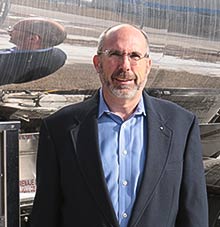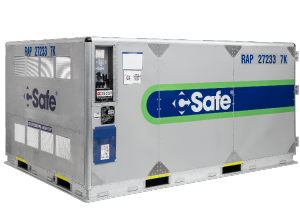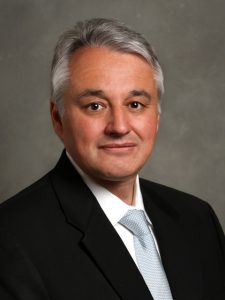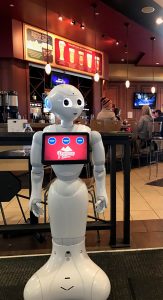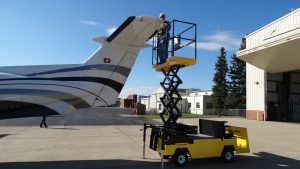Anchoring down in Anchorage
The Municipality of Anchorage’s Public Transportation Department recently hosted a press and Anchorage Assembly tour of the new 40 foot Proterra Catalyst E2 battery-powered bus, before it officially started up operations on Anchorage streets.
The bus has begun serving routes for the general public and will run for a four month trial period.
The trial period is designed to test how the bus performs in winter weather, to what extent cold temperatures will affect the battery life and whether it’s feasible to pursue an electric bus fleet in the future. Performance will be monitored with a view to ascertaining how this technology might be adopted by refuse trucks within the city.
A 100% electric solution to urban (as well as airport) transport, the Proterra Catalyst model emits zero tailpipe pollution and will be able to reduce the CO2 footprint of a diesel bus by an impressive 244,000 pounds annually. The absence of a combustion engine means that the vehicle is also much quieter in operation.



